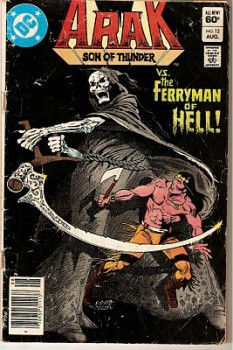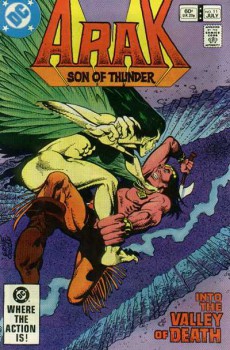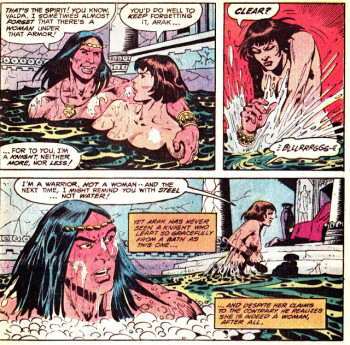Spotlight on Fantasy Webcomics: Lora Innes’s Dreamer Comic Captures 1776
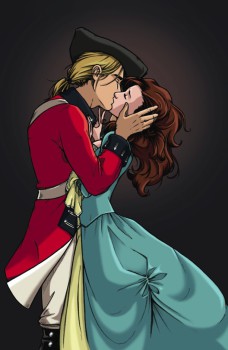
It starts with a kiss.
That’s the first thing that modern teen Beatrice really remembers about the strange dreams that start plaguing her life. But the theater student with very little knowledge of history starts getting a crash course in the history of the American Revolution when she finds herself thrust into the middle of the Revolutionary War herself. In her dreams, she is still Beatrice Whaley, but she’s the daughter of a Tory from Boston, in love with an apple farmer patriot who’s given up rank and position in the army all for the chance of rescuing her from the Redcoats.
Portal fantasy — the subgenre where modern people (usually children) travel to a fantasy world — is supposedly not en vogue right now. Dream fantasy seems to me to be a subset of that. But Lora Innes’s comic The Dreamer is one of those stories that makes me wonder why more people don’t love this format. It is in many ways a perfect gateway into history. As a kid, I remember reading The Devil’s Arithmetic by Jane Yolen, in which a modern teen is transported into the middle of the Holocaust, and feeling that it was the book about the Holocaust (and there were many) that best made me understand what it was like to be in the middle of those horrific events. The Freedom Maze by Delia Sherman, which won the Mythopoeic Fantasy Award in Best Children’s Literature in 2012, transports a girl from 1960 to 1860, and — even as an adult — gave me greater insight into both time periods. Having a Hannah or a Sophie, that modern voice I can identify with, introduce me to history makes it more real. And even though I’ve read a great deal about the American Revolution, watching Bea learn about it, both as she sleeps and — as her friends are threatened by the perils of the war — through the research she begins during her waking hours, brings that period to life in a fresh new way.
The romance angle, of course, doesn’t hurt.
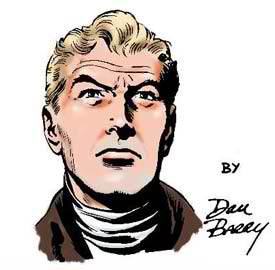
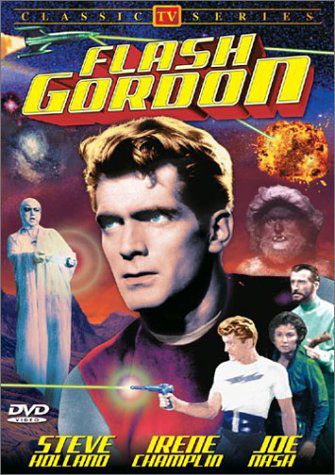


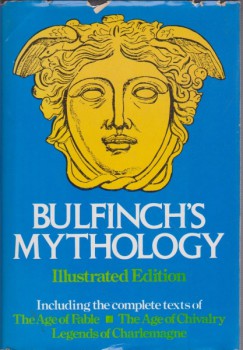
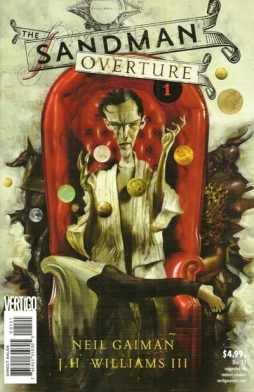 Late last October, the first issue of Sandman: Overture reached comic store shelves. The start of a new bimonthly six-part story, with art by J.H. Williams III, it’s a prologue to writer Neil Gaiman’s widely-acclaimed Sandman series, which ran for 75 issues (plus a special, some spin-off miniseries, a novella, and a collection of short comics stories) from 1988 to 1996. The series built in popularity as it went on and seems to have continued to find an audience in the years since its conclusion. It’s sustained a level of commercial appeal — perhaps as much as any single comic series, it helped to create the contemporary market for trade paperbacks — while also drawing critical praise, both inside and outside of comics. Issues or storylines of the main series were repeatedly nominated for the British Fantasy Awards, and once for the Stoker, while one issue won the 1991 World Fantasy Award.
Late last October, the first issue of Sandman: Overture reached comic store shelves. The start of a new bimonthly six-part story, with art by J.H. Williams III, it’s a prologue to writer Neil Gaiman’s widely-acclaimed Sandman series, which ran for 75 issues (plus a special, some spin-off miniseries, a novella, and a collection of short comics stories) from 1988 to 1996. The series built in popularity as it went on and seems to have continued to find an audience in the years since its conclusion. It’s sustained a level of commercial appeal — perhaps as much as any single comic series, it helped to create the contemporary market for trade paperbacks — while also drawing critical praise, both inside and outside of comics. Issues or storylines of the main series were repeatedly nominated for the British Fantasy Awards, and once for the Stoker, while one issue won the 1991 World Fantasy Award.